Assisted by his son Ian, Tom calves 40 sucklers in the springtime. The herd is made up of predominantly continental cows and has an average replacement index of €72 (three-star). Tom has been using AI for years and will continue to do so, but he is conscious that he needs to move back towards milk.
“I try to use as much AI as I can, but in recent years I would’ve gone for shape and size as I was selling live. I’ll look to the lads here (BETTER team) to help me pick more suitable, maternal bulls in the coming years. While there might be a lot of Charolais and Limousin here behind us, I am willing to use whatever sires they advise,” Tom told me.
Colossal cows
“Some of my cows are giants too, I probably need to bring size back a bit. Having said that, the team have told me to look at weaning efficiency – that is, how much of a cow’s own weight she is weaning. If these big cows are giving me 50% of their weight as a calf at weaning time then they might be ok. It’ll be interesting to see how things pan out this back-end.”
Tom is comfortable at 40 cows and doesn’t want to calve any more.
“While 40 cows on 125 acres mightn’t seem like a lot, there are others ways to boost things. I am moving from store-producing to finishing for a start. I will also look to incorporate a calf-rearing enterprise into the farm too. I am getting out of sheep at the moment and the lambing shed they leave behind will be ideal for rearing calves.
Three grazing seasons
“We’ll finish our bullocks in a sort of intensive-extensive system – they’ll go to grass for a third season and finish just before 30 months of age from pasture. Heifers will go slightly younger. There’ll be options there in terms of selling earlier when cashflow gets tight and I would be open to getting in some bulls for a short, sharp finish to utilise empty sheds during the grazing season,” Tom said.
We visited BETTER beef farmer Tom Bolger in Carlow yesterday. Nice handling unit and a field giving him some clues... pic.twitter.com/aX7gCoVO8s
— FJ Beef (@FJBeef) May 30, 2017
When we visited, Tom’s local B&T adviser Hugh Mahon shared details of a fertiliser trial he was running, in which Tom was participating.
Sulphur trial
“We are looking at the response to sulphur on farms in the area. In a nutshell, we spread 3.5 bags of normal CAN on part of a field here and 3.5 bags of Sulpha CAN on another part, both in early April. On 16 May, there was a 29% yield difference in favour of the sulphur area (5.5t grass DM/ha v 4.25t DM/ha),” Hugh said.
On other local farms, Hugh has recorded yield increases of 17%, 24% and 1.7%. This low response was on a farm that was continuously tilled for 12 years before being put in grass.
“There may be issues with organic matter content in the soil and nutrient availability on that particular farm – we’ll look into it further to be sure,” Hugh concluded.











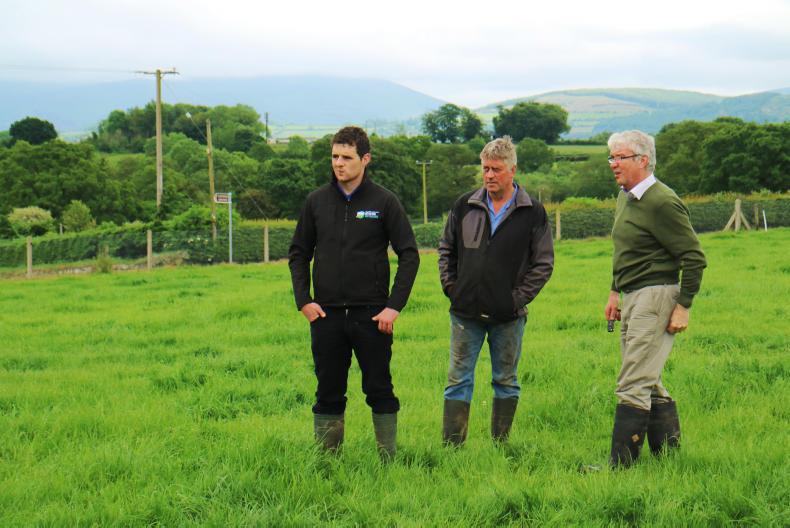
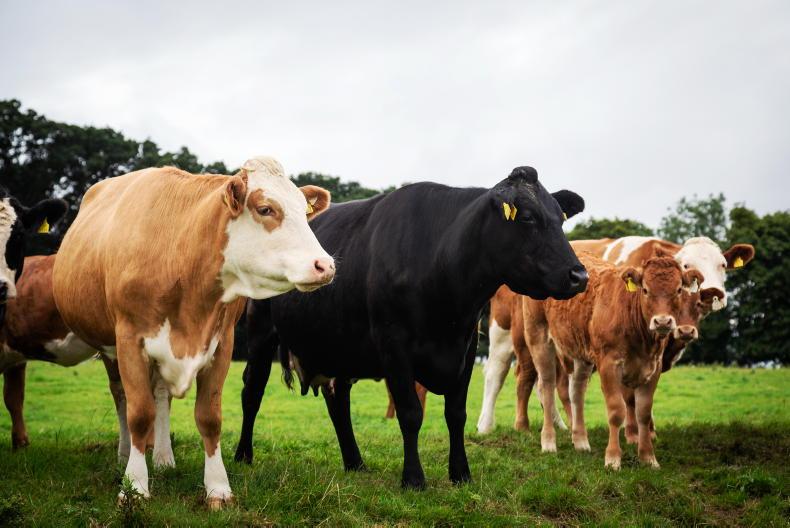

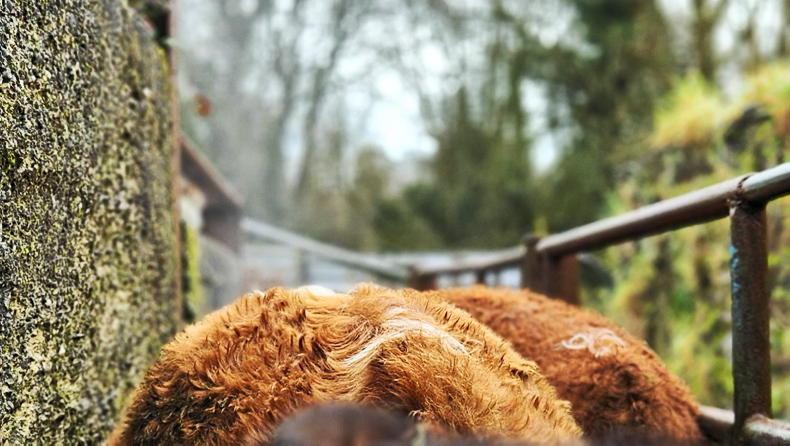
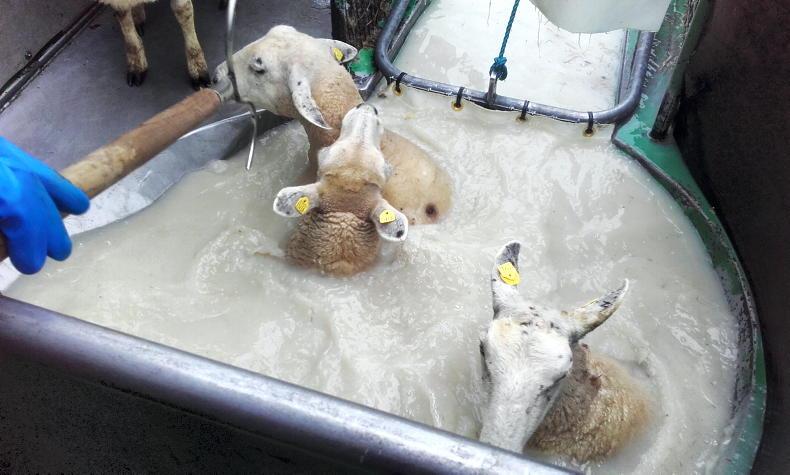
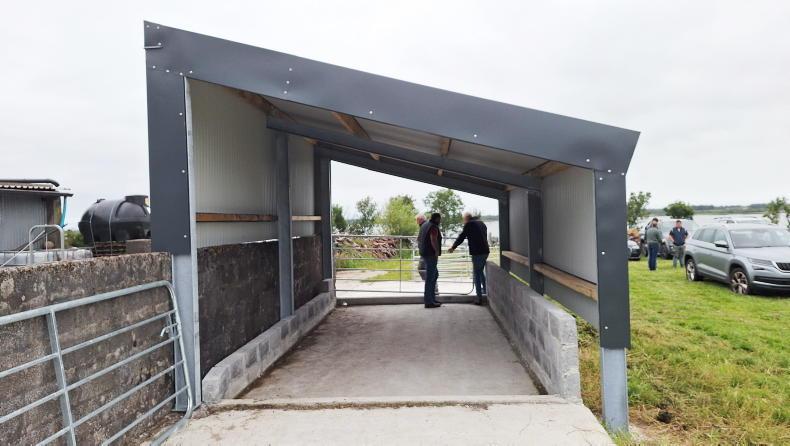
SHARING OPTIONS